Christina of Sweden( 1626-89) was the paradoxical monarch. ”Astrologers predict she will be a boy, and when she is born with a caul over her pelvis, she is believed at first to be a boy. Her mother rejects her because she is ugly and a girl; her father decides immediately, that she, his only child, should be raised as a prince, and declares, “I hope that this girl with be worth a son to me.” Queen Christina Wasa of Sweden ruled from 1640 – 1654, then abdicated her throne to Charles Gustavas and converted to Catholicism, which was illegal in Sweden. After abdicating, she lived in Rome, and was an active proponent of religious freedom and a patroness of the arts. Unconcerned with appearances, and daring to live a life of almost total freedom, Christina was one of the most highly independent, unconventional, and outrageously colorful women in history.”
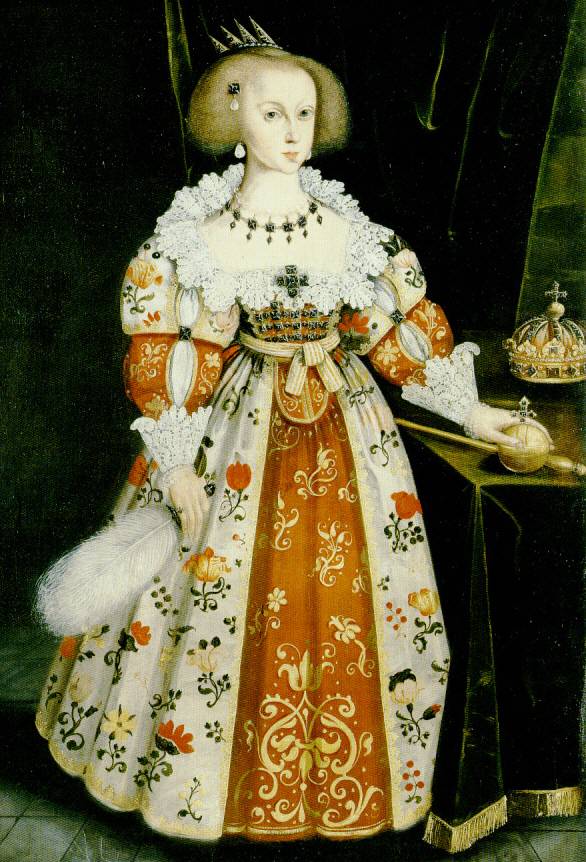
''Queen Christina of Sweden wears a colorful dress with lace ruff-collar and balloon sleeves in this 1634 Jacob Elbfas portrait. She was the heir of Gustavus Adolphus and ruled Sweden between 1632 and her abdication in 1654; she died in 1689. Gretta Garbo played her in Queen Christina in 1933.''
Christina was a woman who wished she was a man; a queen who aspired to be a scholar; a Protestant who turned to Rome; a monarch who loved power but gave up her crown. Such were the paradoxes of Christina of Sweden.
By 1632 the king of Sweden had become the arbiter of Europe’s fortunes, and a new ”Gothic” hegemony seemed about to be established over the continent. But then, at the moment of triumph, disaster had struck with the death of Gustavus Adolphus at Lutzen. The future of Sweden suddenly depended on the loyalty and responsibility of a handful of aristocratic councilors and on the survival of a six-year-old girl.
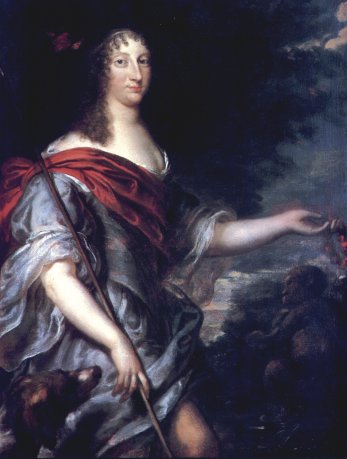
''Queen Christina’s practise in alchemy preoccupied her for most of her adult life. Her interest in alchemy also has some intriguing Rosicrucian connections. The original Rosicrucians pamphlets of 1614 spread high expectations for a new age and a universal reformation of the arts and were circulated among radical Paracelsians in Northern Europe. ''
It was not surprising that Christina was brought up to be a king; not surprising that, having been born the wrong sex, to the acute disappointment of her parents and her subjects, she should have done everything within her power to remedy an irremediable mistake; not surprising that she should have scorned the companionship of women, especialy after watching the behavior of her neurotically unstable mother. By circumstance, by upbringing, by inclination, Christina was drawn to play the part of the man. She would turn for her models, not to the great women, but to the great men of past ages and, above all, to Alexander the Great. She would show her subjects, and the world, the mettle of which she was made. She would prove herself immune to that most fatal of all flaws in the feminine sex; the compliant dependence on men.
In the prevailing fashion for Stoic philosophy she found an instrument highly attuned to her needs, for Stoicism taught the art which of all arts she was most anxious to acquire, that of being totally self-sufficient in an envious, hostile, and egotistical world. It was therefore with confidence, but also with a determination to listen and learn, that she threw herself into the tasks of government when she attained her majority at the age of eighteen. The 1640’s were not an easy time in which to assume the royal power. All over Europe this was a decade of political and social upheaval, from which Sweden, weary of war, like most of the European powers, was unlikely to remain aloof.
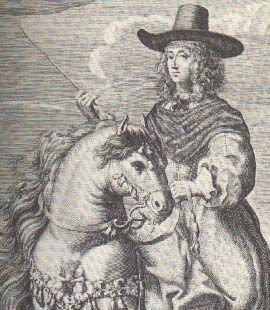
''1656 Christina holds an academy in France to discuss problems concerning the nature of love. She falls deeply in love with Cardinal Azzolino, who remains close to her until her death 31 years later. Their relationship is intense but platonic. ''
Throughout the queen’s minority the regent Oxenstierna had lived in fear of a peasant rising, while the peasants themselves had watched with increasing alarm the growing power of an aristocracy no longer held in check by a forceful king. The tradition of hereditary monarchy had as yet struck no deep roots in Swedish soil, and Christina quickly became convinced that she was threatened by an aristocratic conspiracy to undermine and destroy the royal power and to establish a republican regime.
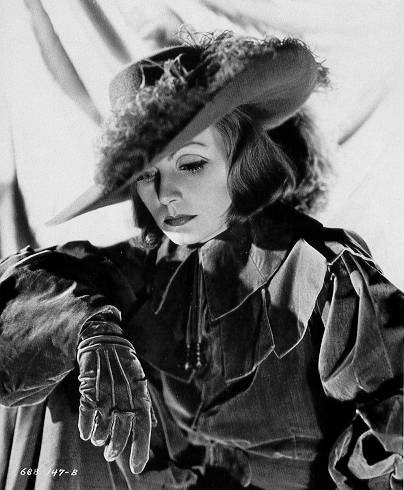 h="404" height="490" />
h="404" height="490" />Greta Garbo. Queen Christina. 1933
The principal objective of her policy was straightforward and simple. It was to recover the royal powers eroded during her own minority, and to ensure the hereditary succession of the Vasa line. Yet to carry this policy to a logical conclusion involved an action from which she instinctively shrank. She allone could perpetuate the direct concession, and yet she could not bring herself to contemplate the idea of marriage. Marriage, after all required subordination, an end to self-sufficiency,and as the French ambassador reported home to Cardinal Mazarin, he queen ”could never subordinate herself to a husband.”
As for Christina, ” I tell you here and now,” she said to her Privy Council in 1649, ”that it is impossible for me to marry. So it must be, and I will not adduce reasons.” Once the decision was taken by 1647, when she was only twenty-one, her policy was narrowed to the attainment of one over-riding object: the solution of the succession problem without resort to matrimony. Her duty to her dynasty allowed of nothing less than that she solve it without any permanent sacrifice of her own comfort and independence. Her duty to her dynasty allowed of nothing less than that she solve the problem of her succession. Her duty to herself, as a unique being, allowed of nothing less than that she solve it without any permanent sacrifice of her own comfort and independence. She now brought to bear all her brilliant diplomatic skills to the unraveling of the complex knot which she had herself so assiduously knotted.
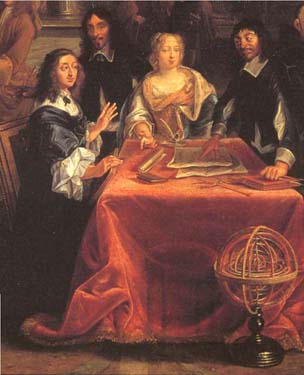
Christina and Descartes. ''Worried by her interest in the spiritual (which was later to manifest itself in a sudden conversion to Catholicism), Salvius hit upon the idea of inviting to Sweden the foremost apostle of the New Age, the French philosopher Rene Descartes, in the hope that this towering intellectual figure (and secret Rosicrucian) would be able to curb her mystical yearnings.''
Her flat refusal ever to contemplate marriage inevitably precipitated a dynastic crisis, which was compounded in 1650 by growing social unrest and economic discontent. She now proceeded, with cynical skill, to play off the lower orders against the nobility and the nobility against the lower orders, and in the end emerged unscathed from the fray, bearing aloft the trophy she had sought; the recognition of Charles Gustavus, who had always stood in trembling awe of his alarming cousin, as hereditary heir to he Swedish crown.
No matter that for a few months the country had been shaken to its foundations, and had seemed on the brink of its own version of the English civil wars and the revolutionary movement in france known as the Fronde. As far as the queen was concerned, the risk had to be taken, and as it turned out, the gamble had triumphantly paid off. What anyhow, was life without risk? There was in Christina’s make-up a frenetic need for excitement. Later, she was to write to Mazarin,”The news today threatens to engulf the world in a great tranquility; but I love the storm and fear the calm.”
Now, in the succession crisis, she had deliberately run the ship into the teeth of the storm, and had yet brought it triumphantly to port. But, Sweden was too small a stage, almost a backwater, for the type of role to which she aspired. Like her hero, Alexander, she needed new worlds to conquer. Denied by the misfortune of her sex to win an empire by heroic feats of arms, she chose instead to win it in a field ideally suited to her inclinations and abilities. Hers would be an empire over mens minds.
The auguries at the beginning were not, it must be admitted, very promising. Those serried ranks of wood faced Swedish divines staring solemnly out of their portrait frames would hardly seem very congenial company for a queen who prided herself on her catholicity of outlook and her intellectual vivacity. The Renaissance had come late to Sweden ; the country’s climate was unpromising; its religion was dour. ”Men’s minds seem to freeze as the water freezes ,” remarked a shivering Descartes who came to Stockholm in 1649 at the Queen’s invitation, and succumbed within a few months to the rigors of the Swedish winter.



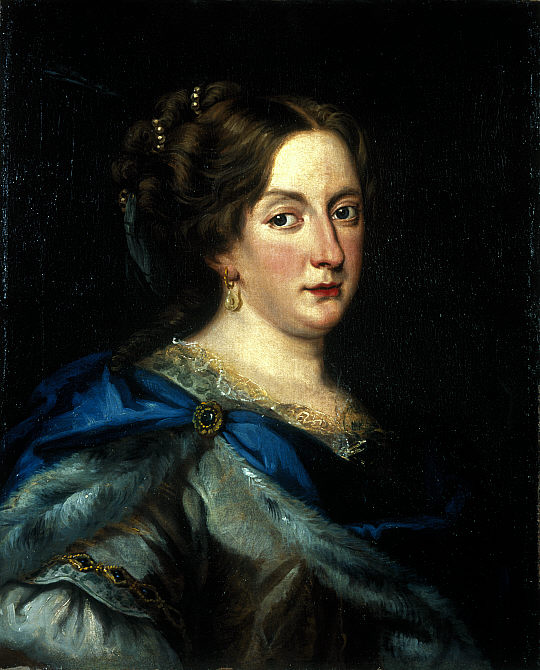



 COMMENTS
COMMENTS